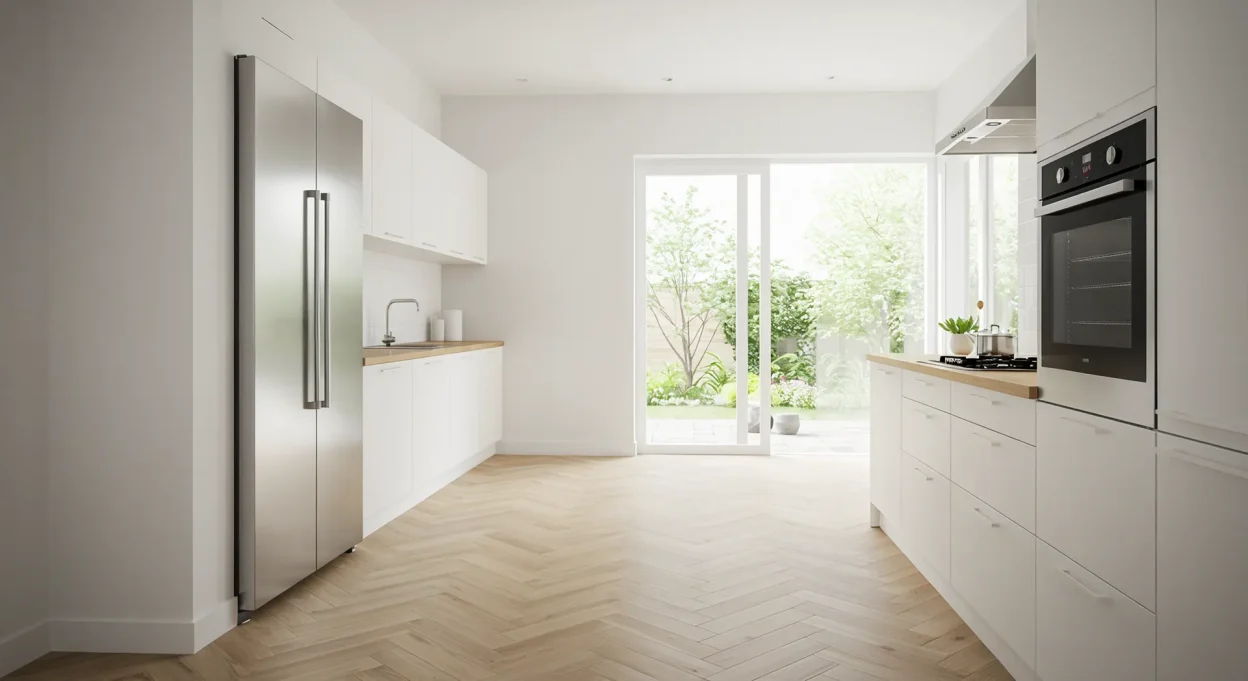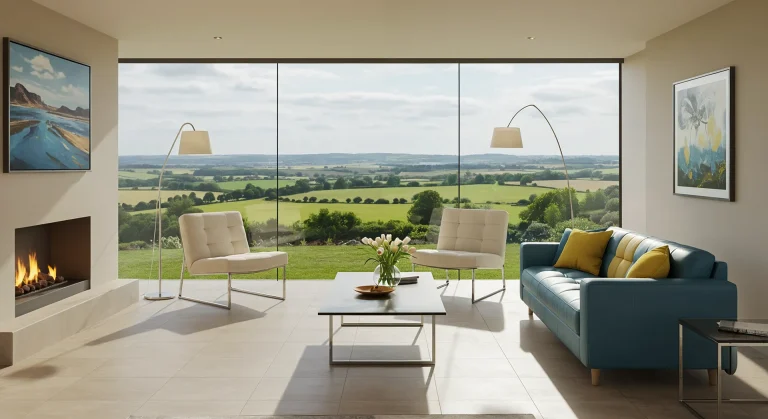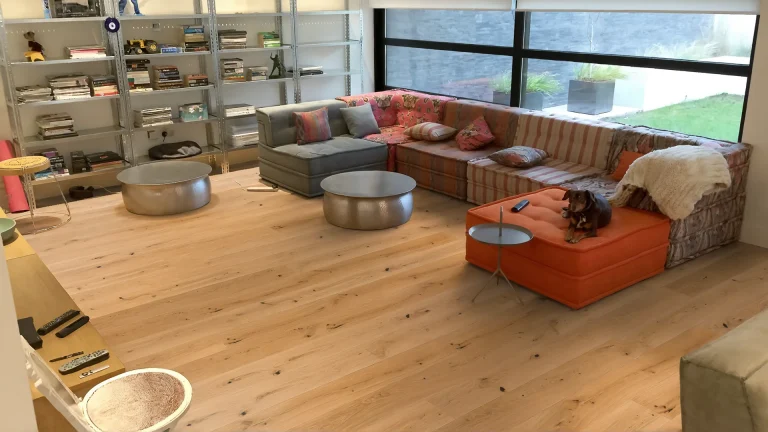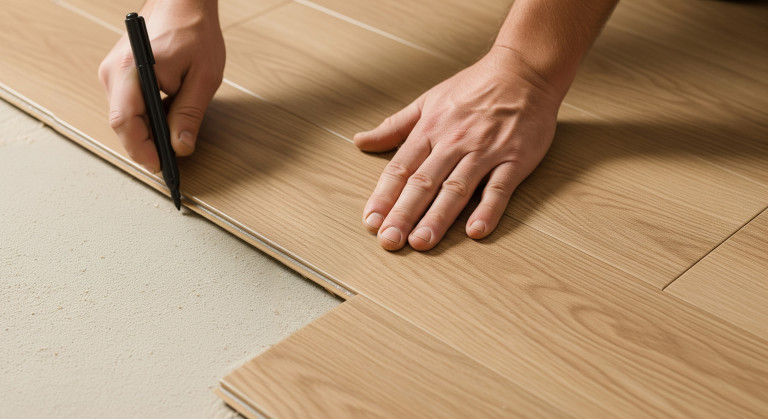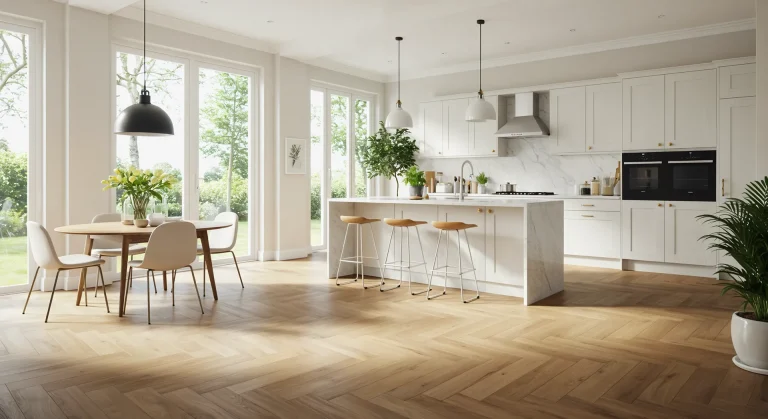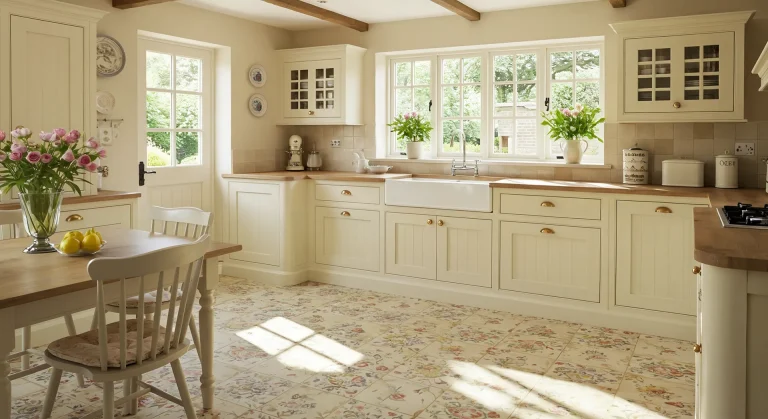There’s an undeniable allure to parquet flooring. Its intricate geometric patterns, rich history, and inherent sophistication have made it a sought-after feature in homes for centuries. From the grand halls of Versailles to stylish modern apartments across the UK today, parquet offers a unique blend of timeless elegance and visual dynamism. Once primarily the domain of solid wood blocks requiring expert installation, the beauty of parquet flooring is now accessible in various materials, including highly popular engineered wood and practical luxury vinyl tile (LVT).
If you’re captivated by the charm of herringbone, the boldness of chevron, or other classic patterns, this guide is your essential resource. We’ll delve into the different styles, compare the materials available on the UK market in 2025 (Solid Wood vs. Engineered Wood vs. LVT vs. Laminate), explore design considerations, outline installation basics, discuss maintenance, and look at typical costs. Whether you’re renovating a period property or adding character to a new build, read on to discover everything you need to know about choosing and living with stunning parquet flooring.
Jump to Section:
- What is Parquet Flooring? A Touch of Timeless Elegance
- The Enduring Charm: Why Choose Parquet Flooring for Your UK Home?
- Classic Patterns Unveiled: Herringbone, Chevron, and Beyond
- Material Matters: Solid Wood vs Engineered vs LVT Parquet Flooring
- Making the Choice: Selecting the Right Parquet for Your Space (UK Focus)
- Installation Insights: What’s Involved in Laying Parquet Flooring?
- Styling Secrets: Integrating Parquet into Your Interior Design
- Keeping it Perfect: Caring for Your Parquet Flooring
- A Guide to Parquet Flooring Costs in the UK (2025)
- Is Parquet Flooring the Right Investment for You?
What is Parquet Flooring? A Touch of Timeless Elegance
At its core, parquet flooring refers to floors made from small blocks or strips of wood (or wood-effect materials) arranged in decorative, geometric patterns, rather than standard straight planks. The term originates from the French ‘parchet’, meaning ‘small enclosed space’, likely referencing the practice of creating patterned wooden floors within a designated area, famously popularised in 17th-century France, most notably at the Palace of Versailles. These intricate designs instantly add a layer of visual interest and luxury that standard plank flooring cannot replicate.
The Enduring Charm: Why Choose Parquet Flooring for Your UK Home?
The resurgence of parquet flooring in UK interior design isn’t surprising. It offers a unique combination of benefits:
- Unrivalled Aesthetics: The geometric patterns create depth, movement, and a focal point in any room. It signifies quality and craftsmanship.
- Adds Property Value: Well-installed, quality parquet (especially wood or engineered wood) is often seen as a premium feature that can enhance a property’s market appeal.
- Design Versatility: While rooted in tradition, parquet works beautifully across diverse styles. Classic herringbone suits Victorian and Edwardian homes perfectly, while chevron or oversized patterns can look stunning in contemporary or Scandi-inspired spaces. Materials like LVT parquet expand possibilities further.
- Creates Illusion of Space: Certain patterns, particularly herringbone, can draw the eye outwards, making narrower rooms feel wider.
Classic Patterns Unveiled: Herringbone, Chevron, and Beyond
While numerous patterns exist, several stand out in popularity for parquet flooring in the UK:
- Herringbone: The undisputed classic and currently most popular. Rectangular blocks interlock at 90 degrees, creating a distinctive V-shape or zigzag pattern resembling fish bones. It’s elegant, dynamic, and suits almost any room size. Double herringbone (using pairs of blocks) creates a bolder look.
- Chevron: Increasingly trendy, chevron uses parallelogram-shaped blocks with angled ends (typically 45° or 60°) that meet point-to-point, forming a continuous ‘arrow’ or ‘V’ shape running down the floor. It offers a cleaner, more contemporary feel than herringbone. Requires specifically manufactured blocks.
- Basket Weave: Blocks are arranged in square modules, with internal blocks running perpendicular to create the illusion of a woven basket. Offers a more rustic or traditional feel. Can sometimes incorporate smaller square ‘feature’ blocks at intersections.
- Versailles: Named after the palace, this is a highly intricate panel pattern featuring interlocking squares, diamonds, and triangles within a larger square frame. Very traditional, opulent, and usually requires professional installation and higher material costs.
- Other Patterns: Less common but still used are Brick Bond (blocks laid like bricks, offset by half), Stack Bond (blocks laid in aligned columns), and various mosaic or custom designs.
Material Matters: Solid Wood vs Engineered vs LVT Parquet Flooring
The material you choose significantly impacts cost, installation, durability, and suitability. Here are the main options for parquet flooring in the UK:
Solid Wood Parquet:
- What: Traditional small blocks made entirely from solid hardwood (e.g., Oak, Walnut, Beech, Maple).
- Pros: Authentic real wood beauty, incredible longevity (can last 100+ years), can be sanded and refinished multiple times over its lifespan, adds significant property value.
- Cons: Most expensive material, highly sensitive to moisture and humidity changes (prone to expansion/contraction/warping), generally unsuitable for kitchens, bathrooms, conservatories, or directly onto concrete without extensive prep, not recommended for underfloor heating (UFH), requires skilled professional installation (time-consuming and costly).
Engineered Wood Parquet:
- What: Blocks constructed with a top layer of real hardwood (like solid parquet) bonded to a stable core of plywood or HDF layers. This is the most popular choice for wood parquet in the UK currently.
- Pros: Looks identical to solid wood once laid, significantly more stable (less reactive to humidity/temperature changes), highly suitable for use with UFH systems, can be used in more areas than solid wood (e.g., kitchens with care), easier and often cheaper to install than solid parquet, can usually be sanded/refinished 1-3 times (depending on wear layer thickness – 3mm to 6mm common), uses less slow-growing hardwood making it more sustainable per m². Available in click-lock or tongue & groove (T&G) profiles.
- Cons: Still more expensive than LVT/Laminate, wear layer thickness limits refinishing compared to solid, not fully waterproof.
LVT Parquet (Luxury Vinyl Tile/Plank):
- What: Vinyl flooring manufactured in small block sizes suitable for laying in parquet patterns (herringbone and chevron are common). Features a photographic print layer mimicking wood or stone, protected by a durable wear layer. Often uses a click-lock system but glue-down is also available.
- Pros: Completely waterproof (ideal for kitchens, bathrooms, utility rooms), highly durable and scratch/stain resistant wear layer, very easy to clean and maintain, often thinner profile, click systems are very DIY-friendly, huge range of realistic designs, compatible with UFH, generally more affordable than engineered wood.
- Cons: It’s not real wood (lacks the unique feel/smell), cannot be sanded or refinished – deep damage usually requires plank replacement. Quality varies significantly between brands.
Laminate Parquet:
- What: This type of flooring is specifically designed to create decorative patterns, with herringbone laminate flooring being one of the most popular styles achieved. It has a similar construction to standard laminate planks but produced in smaller block sizes for parquet patterns. HDF core with a photographic decor layer and melamine wear layer. Almost always click-lock.
- Pros: Most affordable way to achieve a parquet look, good scratch resistance from the wear layer, easy DIY installation (click system).
- Cons: Not real wood, HDF core is highly susceptible to moisture damage (least suitable for wet areas), cannot be refinished, can sometimes sound hollow underfoot compared to other options.
Making the Choice: Selecting the Right Parquet for Your Space (UK Focus)
Consider these key factors when choosing your parquet flooring:
Location, Location, Location:
- Kitchens/Bathrooms/Utility Rooms: LVT parquet is the clear winner due to its waterproof nature. Engineered wood can be used in kitchens with careful installation and a durable finish, but solid wood and laminate are generally unsuitable.
- Conservatories/Areas with Temperature Swings: Engineered wood or LVT offer better stability than solid wood. Glue-down LVT provides maximum stability.
- Living Areas/Bedrooms/Hallways: All types can be suitable, depending on traffic levels and budget. Engineered oak herringbone is a very popular and safe choice for main living areas in the UK.
Budget (2025 Estimates):
- Material Costs (per m² approx): Laminate (£15-£30+), LVT (£25-£45+), Engineered Wood (£40-£85+), Solid Wood (£50-£95+). Prices vary hugely based on quality, brand, wood species, and finish.
- Installation Costs (per m² approx): Parquet installation is intricate and typically costs more than standard plank fitting. Expect ~£30-£50+ per m² for LVT/Laminate/Engineered click systems (DIY is possible), and potentially £40-£80+ per m² or a day rate (£280-£320+) for professional fitting of T&G Engineered or Solid Wood parquet which requires more skill and time. (Costs are indicative, always get quotes).
Key Factors When Choosing Your Parquet:
- Durability & Lifestyle: Busy homes with pets/children? LVT’s tough wear layer or engineered wood with a high-quality lacquer finish offer excellent resilience. Solid wood can dent/scratch more easily but is repairable/refinishable.
- Maintenance: LVT and lacquered engineered/laminate require simple routine cleaning. Oiled engineered/solid wood needs specific cleaners and periodic re-oiling/maintenance oil application.
- Underfloor Heating (UFH): Very relevant in modern UK homes. Engineered wood and LVT/Laminate are generally compatible (always verify product specs). Solid wood is usually not recommended.
- Aesthetics: Do you crave authentic wood? Choose Solid or Engineered. Is a realistic look combined with ultimate practicality key? LVT is a strong contender. Is budget the main driver for the look? Laminate offers entry-level parquet styles. Consider the pattern scale relative to your room size.
Installation Insights: What’s Involved in Laying Parquet Flooring?
While detailed ‘how-to’ is beyond this guide’s scope (see specific guides for LVT click, Laminate, Engineered), here’s an overview:
- Subfloor Preparation is Paramount: For all parquet types, the subfloor must be perfectly clean, dry, level, and stable. Any imperfections will compromise the intricate pattern and potentially cause issues. Levelling compounds or plywood overlays are often required. DPMs are essential on concrete ground floors.
- Acclimatisation: Wood, engineered wood, and laminate parquet must acclimatise in the room for 48-72+ hours before installation.
- Pattern Layout: Careful planning is needed to establish centre lines and ensure the pattern starts correctly and remains square. Dry laying sections is recommended.
- Fitting: Click systems (LVT, Laminate, some Engineered) are DIY-feasible but require careful attention to locking mechanisms and maintaining pattern alignment (often using specific A/B blocks for herringbone/chevron). T&G Solid and Engineered blocks typically require gluing down (full bed or flexible adhesive) or secret nailing and usually demand professional skills for a tight, gap-free finish. Glue-down LVT also requires skill with adhesive application.
- Expansion Gaps: Essential for wood, engineered wood, and laminate floating floors around the perimeter. Less critical or not needed for fully bonded glue-down installations (check instructions).
Styling Secrets: Integrating Parquet into Your Interior Design
Parquet flooring is incredibly versatile:
- Classic Elegance: Traditional oak herringbone or Versailles panels pair beautifully with period features, antique furniture, and rich colour palettes.
- Modern Scandi: Light oak herringbone or chevron parquet (engineered or LVT) provides a warm yet clean base for minimalist furniture, neutral tones, and natural textures – a very popular UK trend for 2025.
- Industrial Chic: Darker, distressed, or reclaimed-look parquet can contrast effectively with exposed brickwork, metal accents, and vintage pieces.
- Contemporary Luxe: Oversized chevron patterns or unique geometric designs in engineered wood or LVT create bold statements in modern spaces. Consider darker woods like Walnut or stained finishes.
- Don’t Overwhelm: Let the floor be the star. Choose simpler furniture styles and area rugs that complement rather than compete with the intricate pattern.
Keeping it Perfect: Caring for Your Parquet Flooring
Maintenance depends heavily on the material and finish:
- General Tips (All Types): Sweep or vacuum regularly (use soft brush head). Wipe spills immediately. Use doormats. Place felt pads under furniture legs.
- LVT & Laminate Parquet: Clean with a damp microfibre mop and pH-neutral cleaner suitable for vinyl or laminate. Avoid excessive water, wax, polish, or steam mops.
- Engineered & Solid Wood Parquet (Lacquered Finish): Clean as above, using a pH-neutral wood floor cleaner.
- Engineered & Solid Wood Parquet (Oiled/Hardwax Oiled Finish): Crucially, clean only with soaps specifically designed for oiled floors (e.g., Osmo Wash & Care, Bona Soap for Oiled Floors). Regular detergents strip the oil. Periodic maintenance with specific oils/liquid wax care products is required to replenish protection. Spot repairs are possible.
- Never Use Steam Mops on any wood-based or laminate parquet.
A Guide to Parquet Flooring Costs in the UK (2025)
Providing exact costs is difficult, but based on recent estimates (like Checkatrade, Costsavvy):
- Materials (per m²): Laminate (£15-£30+), LVT (£25-£45+), Engineered (£40-£85+), Solid (£50-£95+). High-end or complex patterns increase costs.
- Installation (per m²): Can range from ~£30/m² for straightforward click LVT/Laminate DIY (if excluding own time) up to £80+/m² or more for professional fitting of complex solid/engineered patterns requiring gluing/nailing and significant skill. Expect higher labour costs for parquet vs standard planks.
- Additional Costs: Subfloor prep (levelling compound £15+/m², plywood), underlay (£5-£10+/m²), DPM, adhesive, skirting/beading (£10-£22+/linear metre fitted), door trimming (~£30/door), waste disposal.
Total Installed Cost Example (Living Room ~17-19m²): Could range roughly from £1,000-£1,500 for budget laminate/DIY install, up to £2,500-£4,000+ for professionally installed quality engineered or solid wood parquet, including basic prep. Always get detailed quotes.
Is Parquet Flooring the Right Investment for You?
Parquet flooring undoubtedly makes a significant aesthetic statement and can increase the desirability and value of your UK property. While traditionally associated with higher costs and complex installation (especially solid wood), modern engineered wood and LVT parquet provide more accessible, practical, and stable alternatives suitable for contemporary living and even DIY projects.
Consider your budget, the room’s function, your tolerance for maintenance, and your desired look. For practicality in wet areas, LVT is superb. For authentic wood beauty compatible with UFH, engineered parquet is often the ideal choice. By weighing the pros and cons of each material and pattern against your specific needs, you can confidently decide if investing in the timeless elegance of parquet flooring is the right decision for your home.

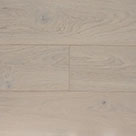 Light
Light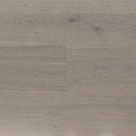 Grey
Grey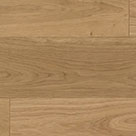 Natural
Natural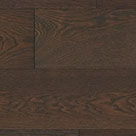 Dark
Dark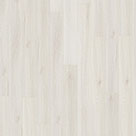 White
White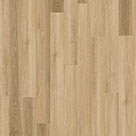 Light
Light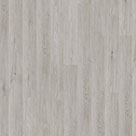 Grey
Grey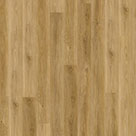 Natural
Natural Dark
Dark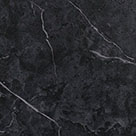 Black
Black